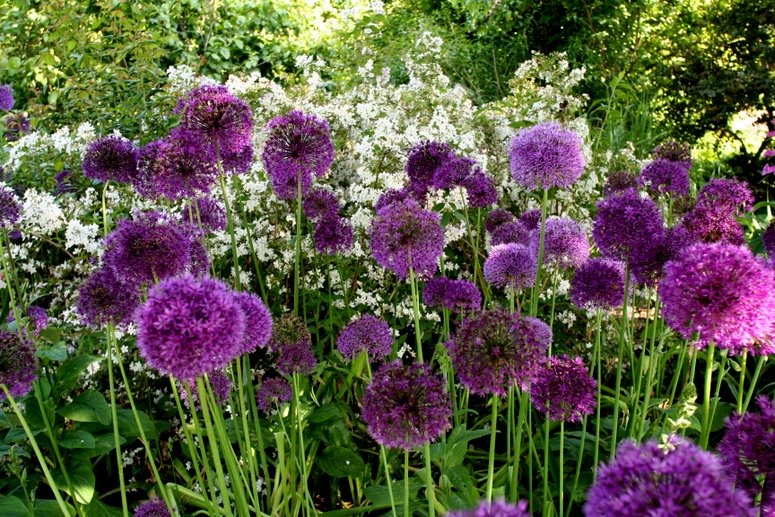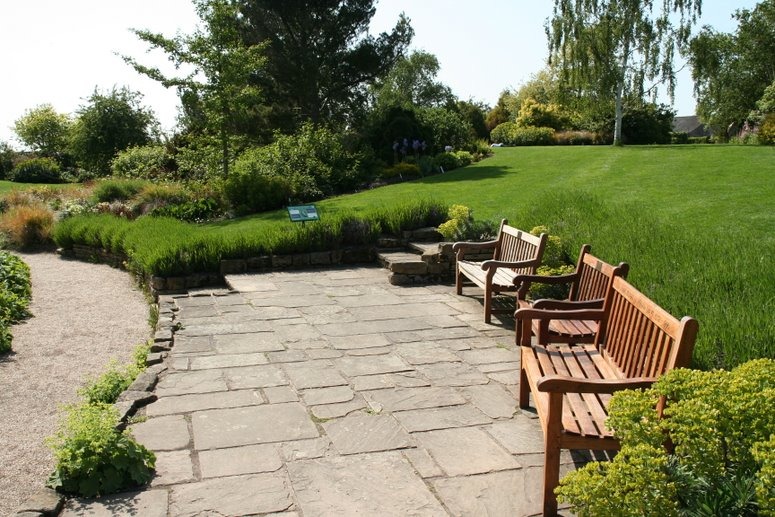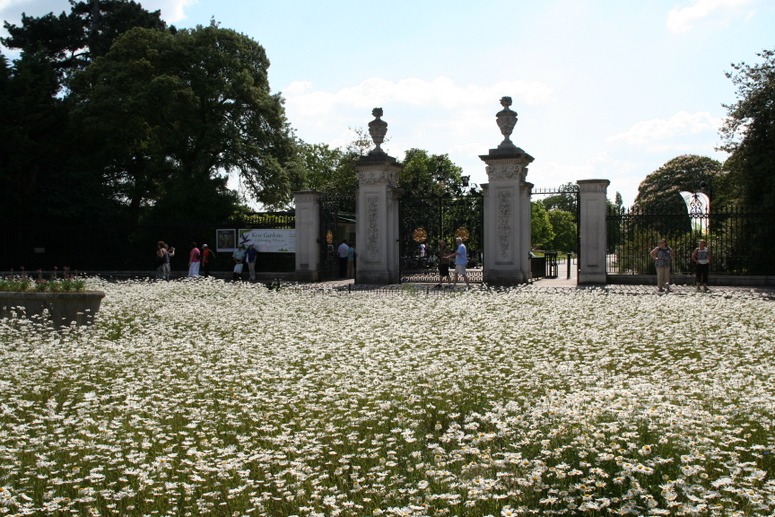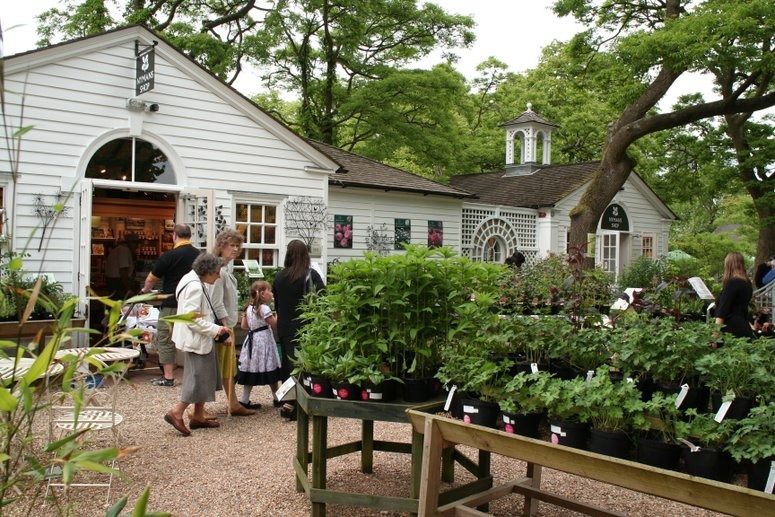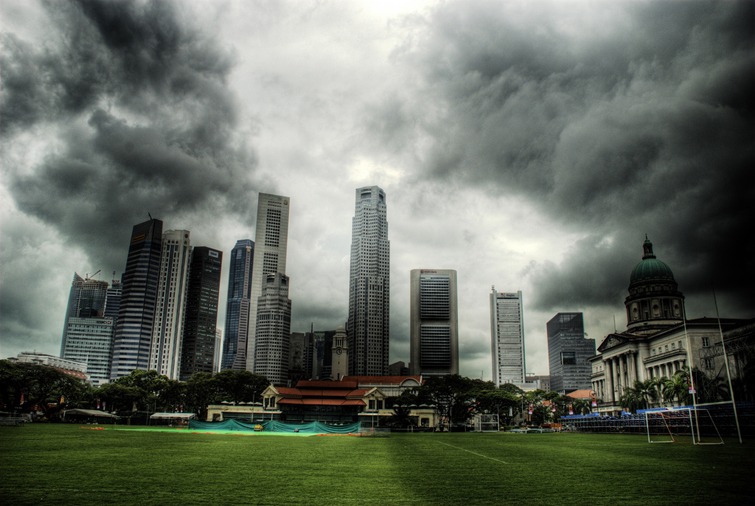The Hyde Hall garden was begun by Dr Robinson in 1955 and given to the Royal Horticultural Society in 1993. Dr Robinson was no designer and the RHS has been struggling with his legacy. They employed good consultants (Colvin and Moggridge) but the place is still disappointing. The planting is much improved but the underlying spatial structure is, as it always was, dreary. This summer I made my third visit since the RHS took over and the really surprising thing was how popular it has become. So the design is a success from this point of view, just as McDonalds is a very successful restaurant chain. But, from my standpoint, McDonalds needs a plenipotentary Chief Chef and Hyde Hall needs a plenipotentary Resident Designer. My strong impression is that good design consultants are not enough. The garden manager needs to be a trained designer, as well as a manager. This is how most of history’s great gardens were made: by owne- designers or by patrons who worked hand-in-glove with a designer, as Louis XIV did with Le Notre. Making a good garden is a hands-on job. You need drawings but you cannot do the job with drawings alone. You have to live in the garden, to see it every day of the year and to have the requisite authority to change the layout and the planting.
In Britain, most gardens open to the public are now managed by managers who are not designers. This is a great mistake. To create or maintain a good garden, or park, you must be a designer. A formal training is not essential, though it is a great advantage. But design talent is essential. It must guide every decision, from the smallest to the largest. Committees cannot possibly undertake this role and it is rare for someone with only a horticultural training to have the necessary skill-set.

